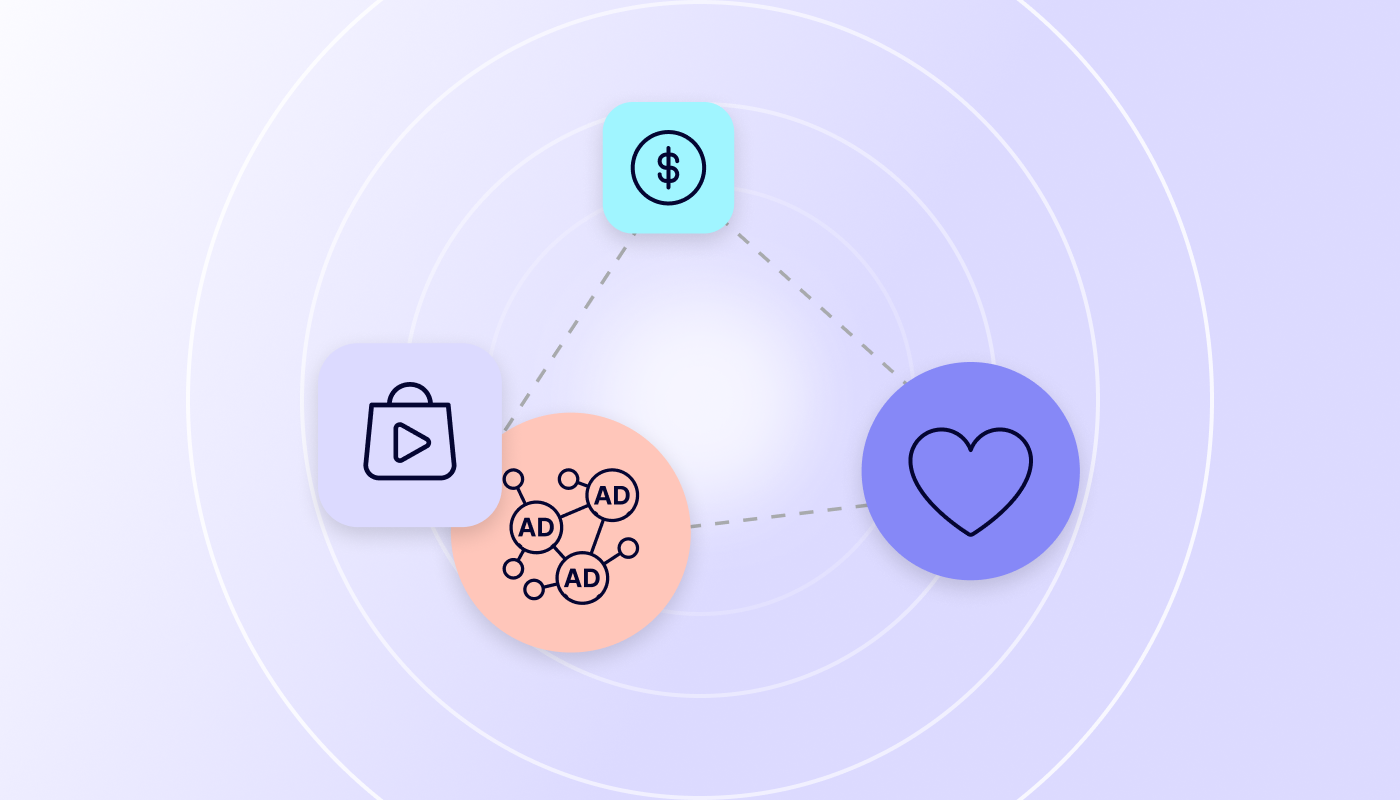In conversation with Davide Rosamilia, ID5’s Director of Product Management
The CTV space has historically positioned itself as primarily branding-focused. As the industry matures, this approach is no longer sufficient. A significant shift is taking place, especially in how users engage in transactions through CTV. Open Measurement (OM), extended to support television for viewability purposes, is a crucial aspect of this evolution.
Now the role of the alternative ID providers becomes clear: It introduces a non-mandatory user identifier that, alongside other ID-less solutions, could play a significant role in addressing measurement challenges.
Let’s delve into the heart of addressability within the connected TV environment with Davide Rosamilia, ID5’s Director of Product Management.

What’s the current state of addressability in the connected TV (CTV) environment?

The best way to describe the current state of addressability in the CTV space is fragmented. As different platforms and apps adopt different identification signals — such as IP addresses, CTV IDs, in-app identifiers tied to logins, and others — fragmentation increases.
So even though advertisers are shifting their sights and budgets towards CTV, many buyers struggle to activate their audiences across different CTV platforms, let alone across devices.
One way the industry can help solve this is by having universal identifiers as a “common currency” to connect different ecosystems. Universal IDs, like the ID5 ID, have already been proving their value on the web and can bring unity to the CTV space.

How do advertisers approach targeting on CTV?

Targeting in the CTV or advanced TV ecosystem, as it is commonly referred to, can be complex. In some cases, advertisers rely on the audiences and signals collected by app partners combined with their own segmentations.
Other times platforms work with third-party data providers to enhance audience granularity and improve scale.
When data is scarce, advertisers can always resort to contextual targeting as a strategy to increase ad relevance and audience engagement. However, combining contextual solutions with a common currency like universal IDs yields even greater results.
To fully capitalize on the advanced TV landscape, advertisers can challenge programmers and platforms to leverage a common currency to power sophisticated targeting strategies and leverage first- and third-party data in the CTV space.

How has technology evolved to connect cookies and mobile ad IDs for improved targeting and measurement in CTV?

Cross-device graphs are ideal for connecting identifiers like device IDs, cookies, MAIDs, universal IDs, and CTV IDs to enhance targeting and measurement in CTV as well as in other channels.
Universal IDs like ID5 are emerging as a solution to increase the cross-device graph scalability and effectiveness by leveraging a variety of signals to create a standardized identifier across partners and environments.
Universal IDs play a crucial role in connecting data and understanding device relationships within households, bridging the gap for improved targeting and measurement in the evolving landscape of CTV advertising.

How are CTV marketers approaching deterministic targeting without IP addresses or other signals that are relevant to identifying households?

One thing marketers breaking into CTV should prepare for is the potential removal of IP addresses and other relevant signals for household identification as a result of increased regulatory pressure. To overcome this, marketers can adopt various strategies for deterministic targeting, such as alternative identifiers based on hashed emails (HEMs). It’s important to note that relying on a HEM-based approach will be constrained by limited scale.
To fully prepare for potential signal loss, marketers can work with identifiers that leverage a variety of signals to identify an individual or household. This would increase scale, enabling brands to reach larger audiences and support addressable advertising in the long term.
Cross-device graphs are another valuable tool that marketers can use to enhance matching probabilities on CTV by leveraging diverse signals from various channels.

How do consumer data and partnerships with data providers help enhance CTV targeting, measurement, and the overall customer experience?

Effective data activation relies on audience addressability. This is why partnerships with ID providers play a crucial role in enabling buyers to activate more third-party segments that can be used to better connect with key audiences. Ultimately, working with ID providers makes the relationship between brands and data providers more impactful.

What are some of the challenges that publishers face while monetizing CTV apps, in particular the identity conundrum?

Media owners see a big opportunity in CTV. Traditional broadcasters and new app players have jumped on the CTV bandwagon, making the CTV environment increasingly competitive. Programmers want to avoid repeating the mistakes web publishers made in the past when they gave access to their data indiscriminately to increase inventory value. Finding the balance between audience addressability and data protection is paramount to their success in the CTV space.
To effectively monetize advanced TV platforms, media owners can adopt privacy-centric universal identifiers as a common currency. This approach allows media owners to enhance audience addressability without compromising data protection. It also helps them improve the user experience by leveraging audience attributes for better content recommendations and to prove advertising effectiveness by providing standardized insights into campaign performance.
Attribution has become a hot topic, reflecting the industry’s interest in understanding and measuring return on investment. Looking ahead to 2024 and beyond, these themes will likely remain at the forefront of industry debates. Subscribe to our blog digest to stay in the know as we dive into the complexities of navigating the new privacy paradigm.







